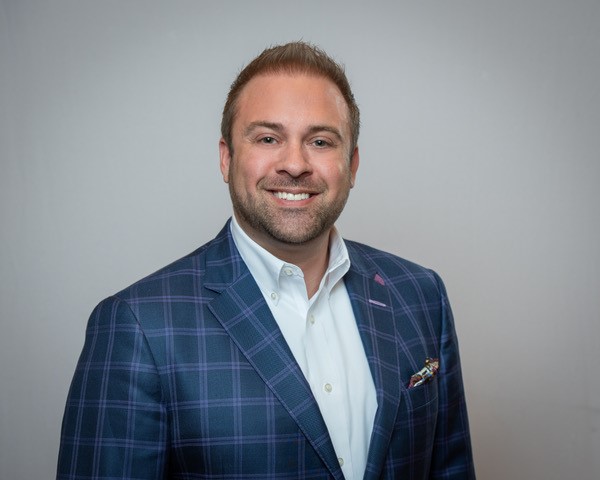Understanding and Addressing Unconscious Bias
Originally posted on Event Garde
Bias shows up in our lives every day whether we want it to or not. From implying tone in an email based on the sender to making assessments based on someone’s physical appearance, bias presents itself regularly. Dr. Jennifer Eberhardt says, “Whether you like it or not, if you have a brain, you have bias.” In society, we tend to talk about bias as a bad thing. It’s because we view it through the lens of when it negatively impacts an individual or group. We must be aware of when this occurs to ensure we understand and correct going forward. In reality, having a bias is how our brains naturally work. It doesn’t mean that we have done something intentionally wrong or harmful. It does mean that our experiences have created biases that may cloud and negatively impact our actions toward those around us. By recognizing how this all works, we must consciously work to correct how our brains operate rather than allowing it to be an excuse to hide behind. That is why we must work to understand what bias is, how bias is formed, and how to address it when it does.
What is bias, and how is it formed? Our brains are wired to categorize and classify things based on our understanding and experiences. This process begins from the moment we are born. Various external factors and our continued experiences throughout life shape and create key bits of data that our brain stores for future reference. Bias begins to form through stereotypes. Stereotypes are preconceived, standard, group-shared ideas about the alleged essential nature of a whole category of persons without regard to individual differences. The more we are exposed to these stereotypes, the more they begin to form biases in our brains without us knowing. Our brain uses the information we consume and retains it for future use, consciously or not. When we approach a similar situation later, our brains fill in the gaps based on what we know utilizing confirmation bias. Our brains want to interpret and draw conclusions based on these prior experiences, which may not be accurate. While our brains may be wired this way to create unconscious bias, it doesn’t mean we can’t change.
Let me provide you with a personal example. I grew up in a rural farm community. My engagement with people different from me was limited to what I consumed through various media such as news, magazines, television, and movies. I was raised in a catholic household. Others in my community were one of three religions, Catholic, Methodist, or Baptist. It wasn’t until later in life that I had the opportunity to interact with people from other religious backgrounds. I met a friend during my first week of college who was Jewish. My knowledge of the Jewish faith was limited and unsupported in real experiences. I was aware of the Hanukkah holiday in December, lasting for eight nights, but I didn’t know why that was. I knew they followed the Old Bible Testament but not the New. My knowledge and understanding were superficial at best, and I couldn’t determine whether it was a fact. As our friendship developed, I’m thankful we were both curious to learn and share about each other’s religions. We spent time asking questions about what things mean and sharing the various customs and traditions we were raised with. These interactions changed my understanding and created new data points in my brain for the future. It also created a new process for me as I encountered other situations where I needed to break down my understanding to readjust my knowledge base.
How do we address bias? Bias doesn’t only show up in our behavior but also in our actions. It’s these biases will creep into every part of our lives. As we are put into various situations, biases will impact our decisions and those around us. When this occurs, it can create inequity for others around us and lead to potential discrimination if we’re not careful.
For these reasons, we must acknowledge our biases and that we have the power to change. There are ways to combat unconscious bias.
1. Recognize that, as humans, our brains will make mistakes. You’re not doing it intentionally, but you can change it as you recognize it.
2. Develop techniques to focus on self-awareness. Think about how your words, thoughts, and actions may impact others.
3. Engage others and establish a culture around you where there is mutual respect to call out and address when bias may arise in various situations.
Unconscious bias is something that every one of us will be addressing throughout our lives. It takes time, effort, and commitment. There are different experiences and contexts that will challenge our thinking and require us to be mindful and assess what we do next. We must give ourselves some grace as we are human and will make errors. At the same time, we mustn’t dismiss when bias creates a negative situation and focus on how we handle them when they arise. Continual work on self-awareness of your biases and your approach to address them when needed, is how we ensure that we create positive interactions and experiences around us.


